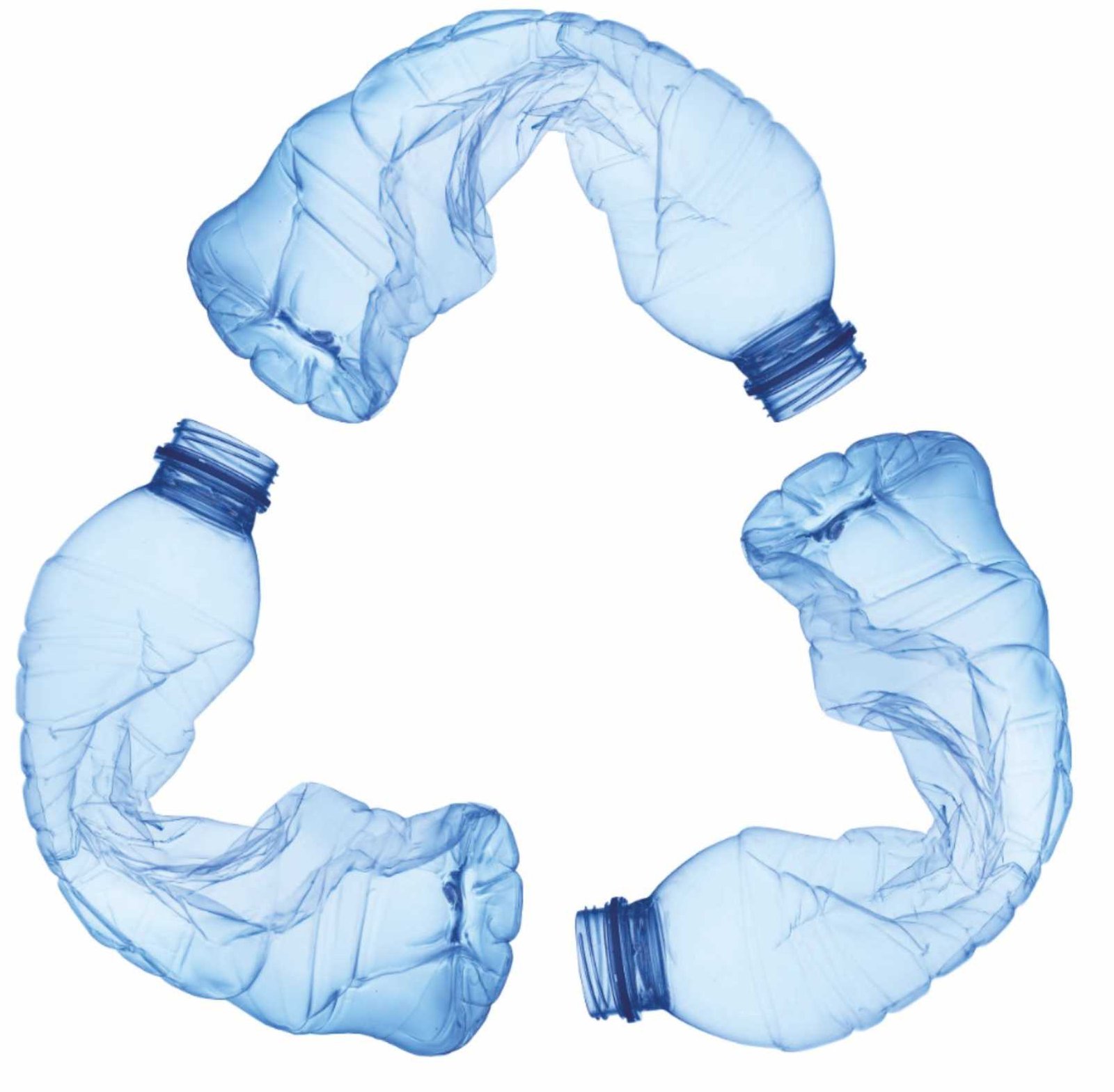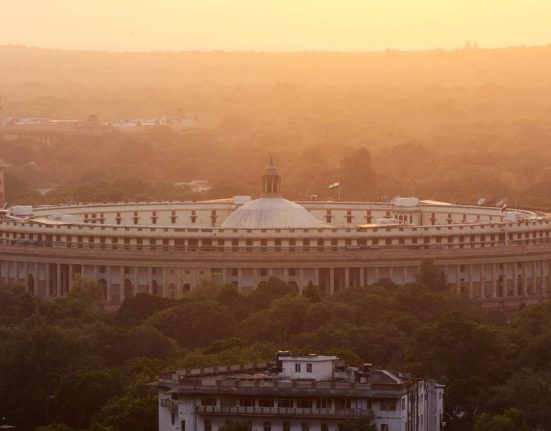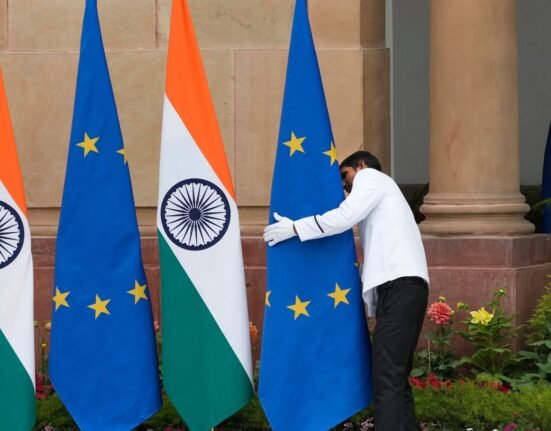India is on an undeniable mission to tackle environmental challenges head-on, weaving sustainable practices into the very fabric of its economy. Gone are the days when climate action felt like a distant dream; today, it’s a dynamic reality, driven by proactive policies and a “whole of government, whole of society” approach. The focus has been intensified in recent years, with significant strides being made in plastic waste management and a clear vision for a greener future, as highlighted by Union Environment Minister Bhupender Yadav.
Tackling Plastic Head-On: Beyond the Ban
Since the nationwide ban on identified single-use plastic (SUP) items on July 1, 2022, India has moved beyond mere prohibition. The push is now strongly towards promoting eco-alternatives, fostering a vibrant ecosystem for their manufacturing. States and local bodies are actively incentivizing these greener options, leading to innovative business models and a growing compendium of eco-alternative producers.
A crucial development in this regard, from April 1, 2024, is the mandate for using recycled content in plastic packaging. This isn’t just a rule; it’s a game-changer for the recycling industry. It’s pushing for “super clean” recycling technologies, transforming what was once waste into valuable resources. With over 130 lakh tonnes of plastic packaging waste already processed since 2022, the combination of the SUP ban and Extended Producer Responsibility (EPR) – where manufacturers are accountable for the entire lifecycle of their plastic products – promises a significant dent in plastic pollution. Further reinforcing this, new Plastic Waste Management (Amendment) Rules, 2025, are set to come into effect from July 1, 2025, requiring QR codes or barcodes on plastic packaging for enhanced traceability and accountability, bringing greater transparency to what we consume and dispose of.
Global Green Diplomacy: India’s Voice on Plastic Pollution
India isn’t just cleaning up its own backyard; it’s a key player on the global stage, advocating for a pragmatic and equitable approach to plastic pollution. In negotiations for a legally binding international instrument on plastic pollution, Minister Yadav has consistently stressed the need for a consensus-based framework that directly addresses plastic pollution without hindering the sustainable development aspirations of developing nations. This year, India has reiterated its stance against mandatory limits on primary plastic polymer production, citing economic concerns and emphasizing that the treaty should focus on preventing waste leakage rather than restricting production that supports livelihoods. India firmly believes that developed countries, with their historical responsibility for higher per capita plastic waste, must step up with financial and technical assistance, potentially through a dedicated multilateral fund, to support developing countries in their transition towards sustainable practices. The ongoing INC negotiations for this global treaty, with a critical session scheduled for August 2025, highlight India’s resolve to shape a fair and effective global response.
The Dairy Dilemma: Milking Sustainability in Packaging
The Indian dairy industry, a powerhouse globally and vital for our food security, presents a unique challenge and opportunity. Projecting a staggering market value of INR 30 lakh crore by 2030, this sector heavily relies on plastics and multi-layer laminates to keep our milk and dairy products fresh and safe. However, with growing environmental concerns and evolving regulations, the industry is at a pivotal moment. The drive for sustainable packaging in dairy isn’t just about compliance; it’s about future-proofing an industry that touches every Indian household. As new rules on recycled content and traceability come into play, the dairy sector is poised for a significant transformation, moving towards innovative and eco-friendly packaging solutions that align with India’s broader green vision.
Source: Time of India







